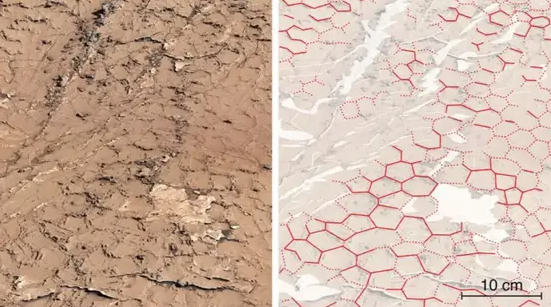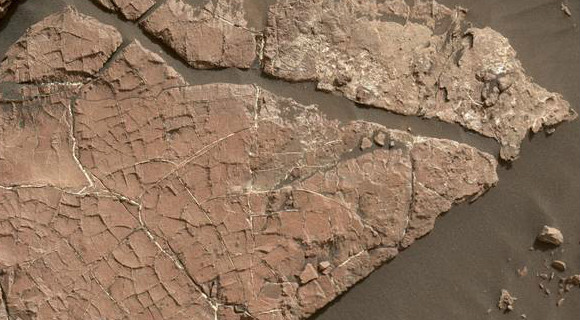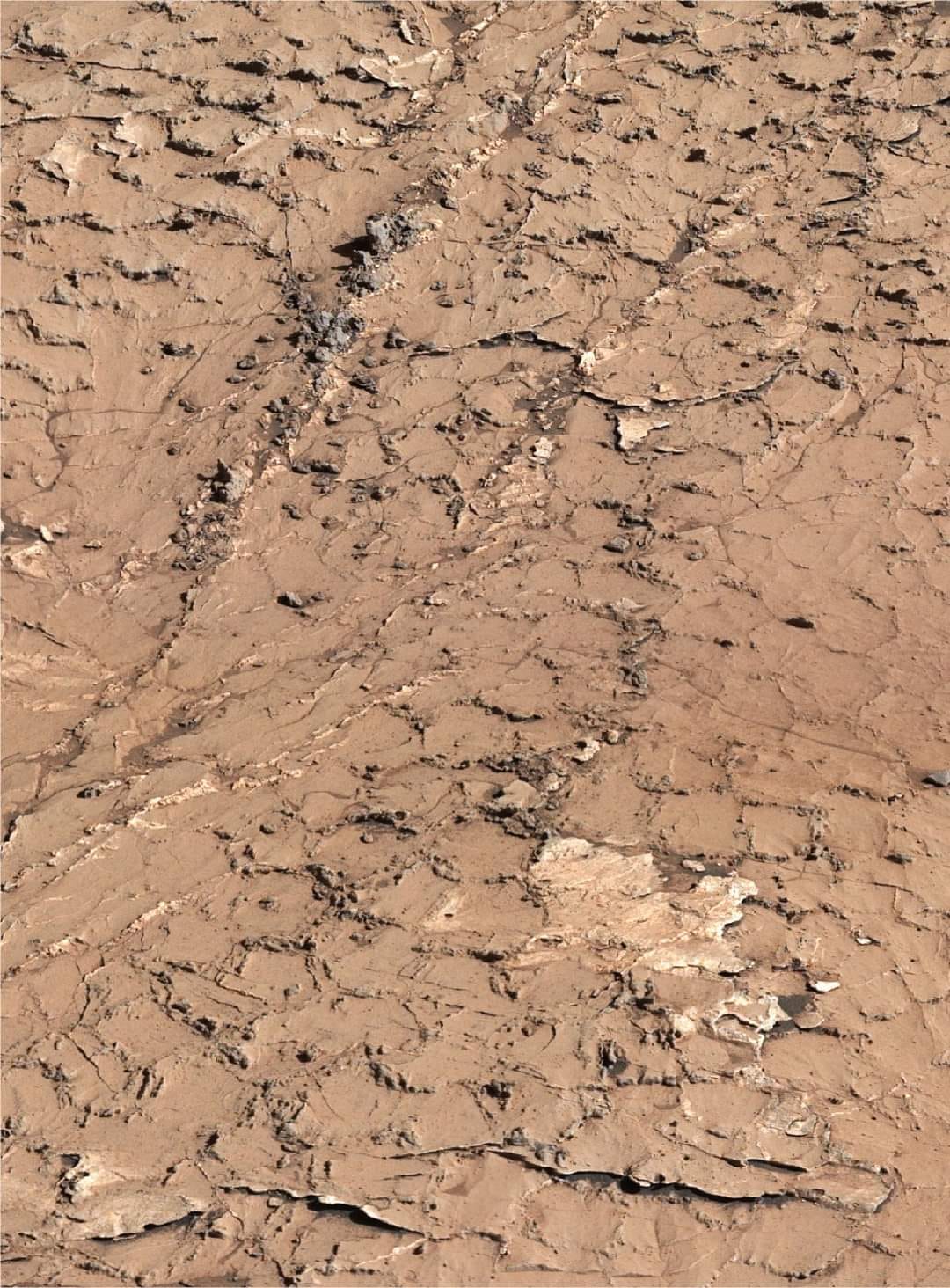NASA’s Curiosity rover recently discovered Hexagon-tiled rock on the Martian surface. Scientists revealed that the newly spotted ancient mud cracks are suggesting that Mars passed through a repeated cycle of wet and dry eras which lasted for millions of years. This new study is also suggesting that Mars could have supported ancient life on the surface of the red planet.

Why This Discovery About Ancient Mud Cracks Is Suggesting The Habitable Nature Of Ancient Mars

The current nature of the Martian surface is cold and dry. However, scientists conducted decades of studies to discover that ancient Mars does not have the same surface condition as the present hostile environment of the red planet. Based on these years of research, researchers discovered that Mars once had rivers, ponds, lakes, and probably seas and oceans just like present Earth.

Astronomers have realized that life thrives wherever there is water on Earth. Hence, scientists are suggesting that the presence of water on Ancient Mars could suggest that the red planet was once habitable to life and may still retain some evidence of its past life. Previous studies are suggesting that dry spells might be showing the evolution of life on the red planet.
Some scientists still believed that organic compounds found during the wet period could have merged together in dry times. If this is possible, the organic compounds could have supported chemical reactions that could lead to the existence of life on the red planet.
“On Earth, people have run experiments that have shown that if you subject a rock to cycles of wet and dry spells, simple organic molecules can combine and form larger molecules, such as proteins, and even RNA and DNA,” study lead author William Rapin, a research scientist at the French National Center for Scientific Research in Toulouse, France, told Space.com. “We now have for the first-time vestiges of times that could have been conducive to the origin of life,” he added.
Researchers relied on the data provided by NASA’s Curiosity rover to discover signs that suggest how early Mars passed through repeated cycling between wet and dry periods.
How Scientists Concluded The New Study About Ancient Mud Cracks On Mars

While conducting the new study, the team of scientists concentrated on 3.6 billion-year-old rocks located in Gale Crater on Mars. NASA’s Curiosity rover landed on this region of the Red Planet in August 2012. During the research, the researchers discovered mud cracks shaped like hexagons that came from Y-shaped junctions.
“We’ve seen mud cracks before, but the one at this location typically had T-shaped junctions,” Rapin said. “This happens when the mud dried once and was fossilized in that state. That was really exciting to us — it was an unexpected type of rock, something we hadn’t seen on Mars before,” he said.
While making the observation, the Curiosity rover also discovered sulfate salt in this region.
“Now we can look elsewhere on Mars at sites with these chemical traces from the same time to find signs of these climates and environments,” Rapin said. “So far, research has focused on the question of whether life arose on Mars, and now we can also look for traces of how might life have arisen on Mars,” He said.
The researchers published their discoveries on August 9, in the journal Nature.
Conclusion
During a recent observation, NASA’s Curiosity rover spotted an ancient mud crack in a lakebed which suggest that Mars passed through a repeated cycle of a wet and dry era that lasted for millions of years. what do you think about this fascinating observation?





